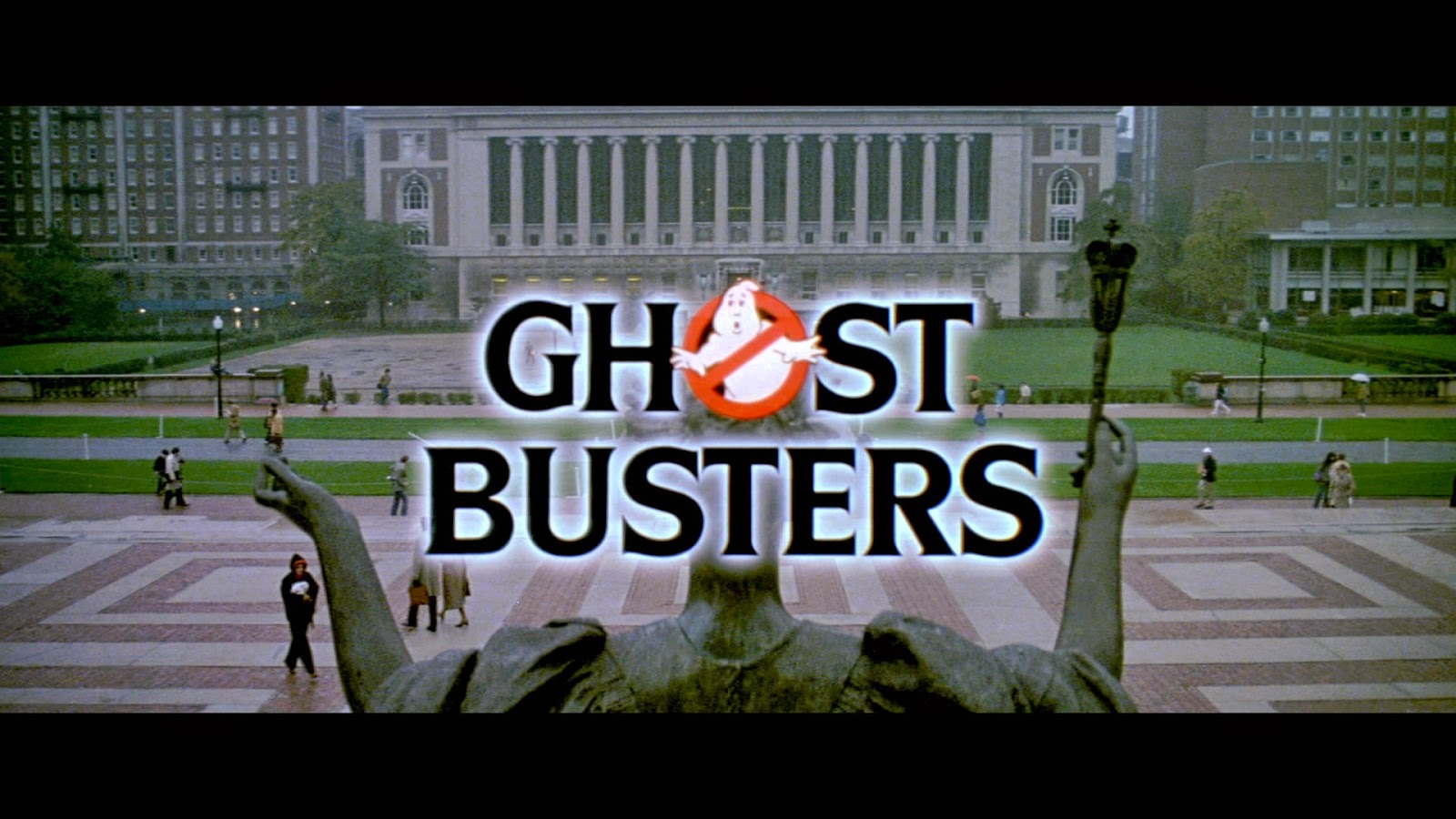How does the new “Ghostbusters” compare to the original?
Quick Answer: At its core, Ghostbusters is an underdog story. This underlying premise is true of both the 1984 Ghostbusters and the 2016 reboot. But what else do both versions of Ghostbusters share? The structural framework of both movies is functionally the same, as is the role of each major player. As the film progesses, certain moments are identical in both movies: the inciting incident is the same, the team meets with the mayor, and there’s a ghost-busting finale. The new movie offers more than a couple callbacks to 1984 without overwhelming the story, walking the line between fresh and nostalgic. These winks to the past serve both as reminder and tribute to Ivan Reitman’s classic movie.
Ghostbusters is, at its core, an underdog narrative. Both the 1984 original and the 2016 remake share more in common with come-from-behind stories of rag-tag losers — think The Bad News Bears (1976; 2005) or Meatballs (1979) — than any traditional ghost story. No one watches (or watches again and again) for the scares. The appeal of the original and the charm of the remake are the triumphs of a group of friends who love and respect each other and work together to overcome a skeptical world and, in the process, a spectral nemesis.
So other than the underlying premise, what else do both versions of Ghostbusters share? The structural framework of both movies is functionally the same. In the first act, we meet our core characters before they’ve come together as a team. We get establishing shots for both Bill Murray’s Venkman and Kristen Wiig’s Gilbert on the steps of a building at Columbia University. These similarities and call-backs continue throughout the opening sequence. It is easy to draw a straight line from Paul Feig and Katie Dippold’s script for each of the leads. Wiig to Murray. Melissa McCarthy to Dan Aykroyd. Kate McKinnon to the late Harold Ramis and Leslie Jones to Ernie Hudson. The characters are all related, but the modern version takes the time and effort to develop new versions of the original Ghostbusters. Gender isn’t the only difference; at times it is perhaps the least distinctive of the changes.

The opening setting for both versions of Ghostbusters
The inciting incident is identical in both movies: Venkman and Gilbert see a ghost for themselves, lose their academic jobs and abandon any remaining skepticism. But the journey leading to that point and what happens after are changed subtly in the 2016 version. Gilbert feels more out of options after the sighting at the Aldridge mansion (the stand-in for the library in the original) than Venkman does in the original. Her character doesn’t have the swagger, even when she tries to, of Murray’s Venkman. No one watching Venkman would ever think that a major setback would keep him down for long.
Act Two is all about building and perfecting the team. McCarthy and Ackroyd’s characters share the most in common. Optimistic, all-in believers both, they spend a lot of time on-screen (and presumably off) waiting for everyone else to catch up to their enthusiasm. McKinnon takes Ramis’ quirky Egon to a whole other level, making the familiar mad scientist (or in McKinnon’s case, engineer) trope her own.
The real MVP of the remake is Leslie Jones. For a movie that has taken a lot of unfair hits months before its release, Jones might have had the worst of it. Writers and critics immediately questioned Jones’ casting, pointing to the fact that the only main character who is a person of color was not a scientist but is employed by the MTA, the public transportation system in New York City. Jones was quick to defend her character, Patty. Patty is smart, capable and the missing piece that transforms the Ghostbusters into a functional team. She brings a working knowledge of New York City to the table that none of the other characters would have otherwise. Ernie Hudson was the stand-in for the everyman in the original. Patty is so much more than that.

Leslie Jones as Patty in Ghostbusters (2016)
Just like the turn from the first to the second act, the turn from the second to the third is identical in both films. The Mayor of New York City, while he appreciates the help, just can’t have the Ghostbusters running around causing “mass hysteria.” The modern version doesn’t include Venkman’s line about “cats and dogs living together,” but fans of the original can look forward to new quotable gems. Maybe the next great line will be when the new Ghostbusters warn him “not to be the mayor from Jaws.”

Harold Ramis as Egon, Ernie Hudson as Winston, Bill Murray as Venkman and Dan Aykroyd as Ray
The final act has the same basic idea as the original; the Ghostbusters live up to their destiny and defeat the evil forces of the netherworld. For die-hard fans of the original movies (save the hysterics who worried that Ghostbusters with ovaries might be less able to bust ghosts), the modern version successfully walks the line between fresh and nostalgic. The new movie offers more than a couple callbacks to 1984 without overwhelming the story. For example, there are cameos from all of the surviving members of the core cast, with the exception of Rick Moranis. Slimer, everyone’s favorite phantasm, shows up and even gets a girlfriend. The winks to the past serve both as reminder and tribute to Ivan Reitman’s classic movie.

Leslie Jones as Patty, Melissa McCarthy as Abby, Kristen Wiig as Gilbert and Kate McKinnon as Jillian
Like many modern remakes, the 2016 Ghostbusters follows the outline of the original while giving the franchise a makeover. It manages to be fresh without losing touch with what made us fall in love with Ghostbusters in the first place.

